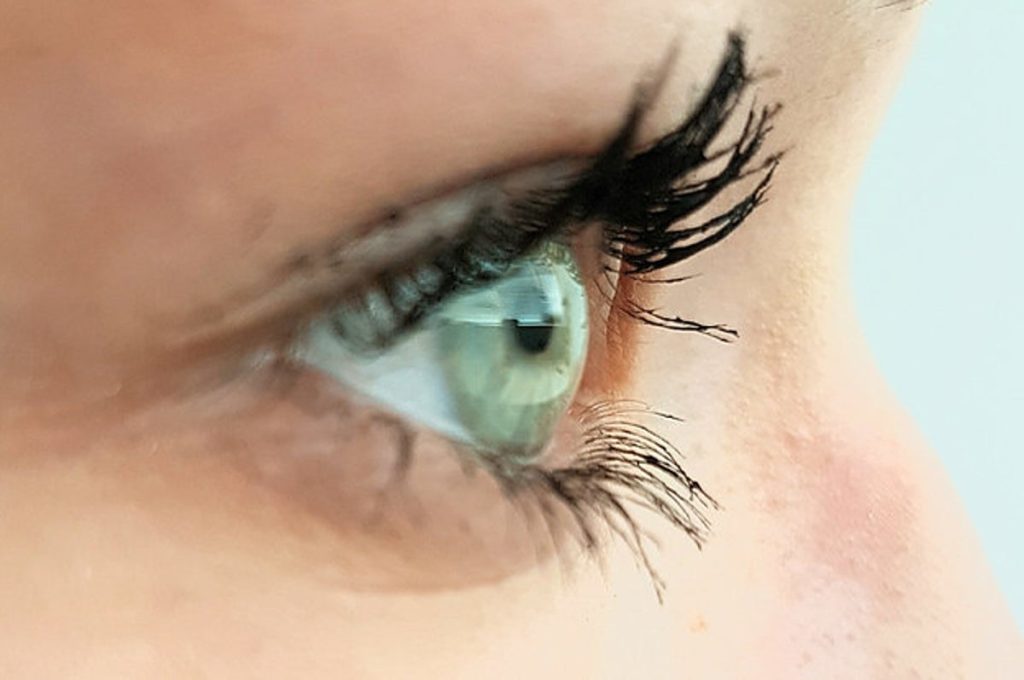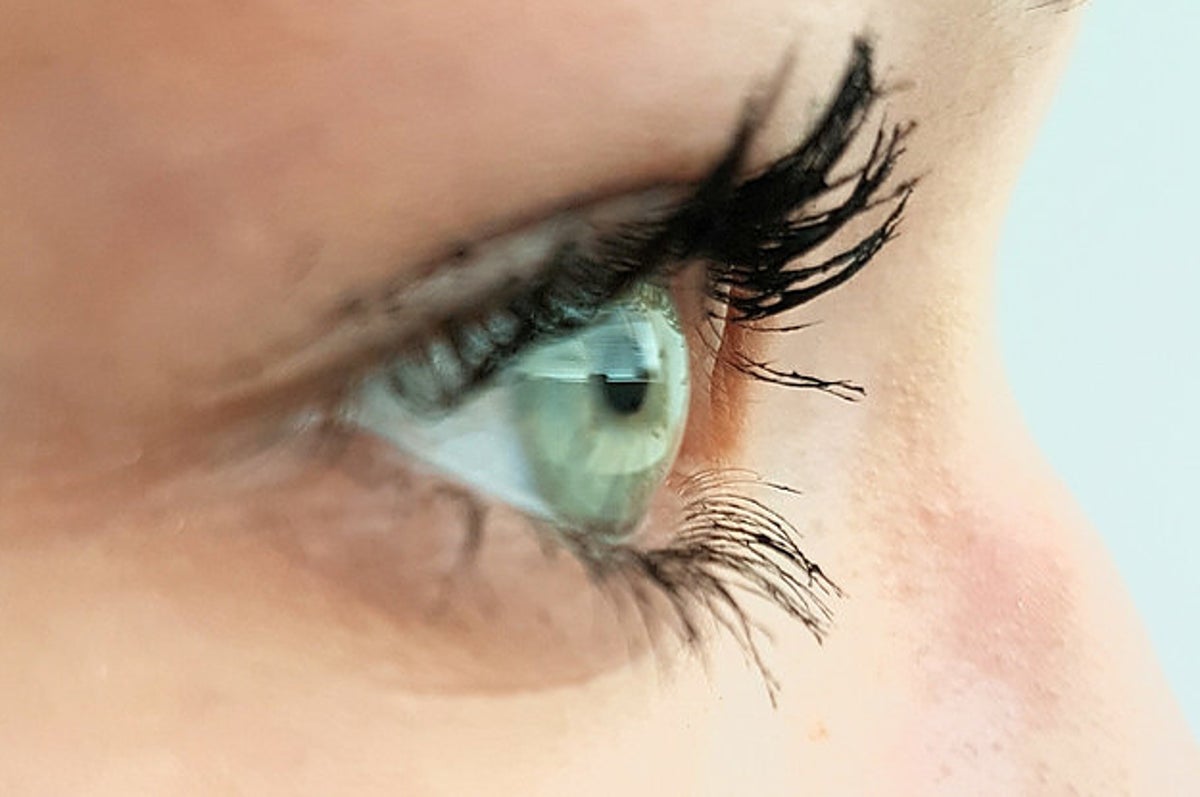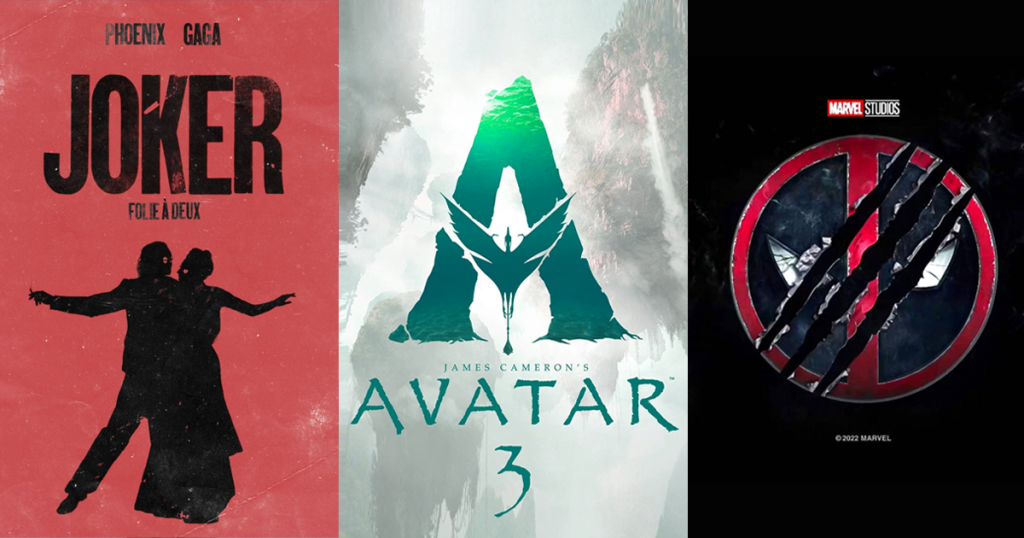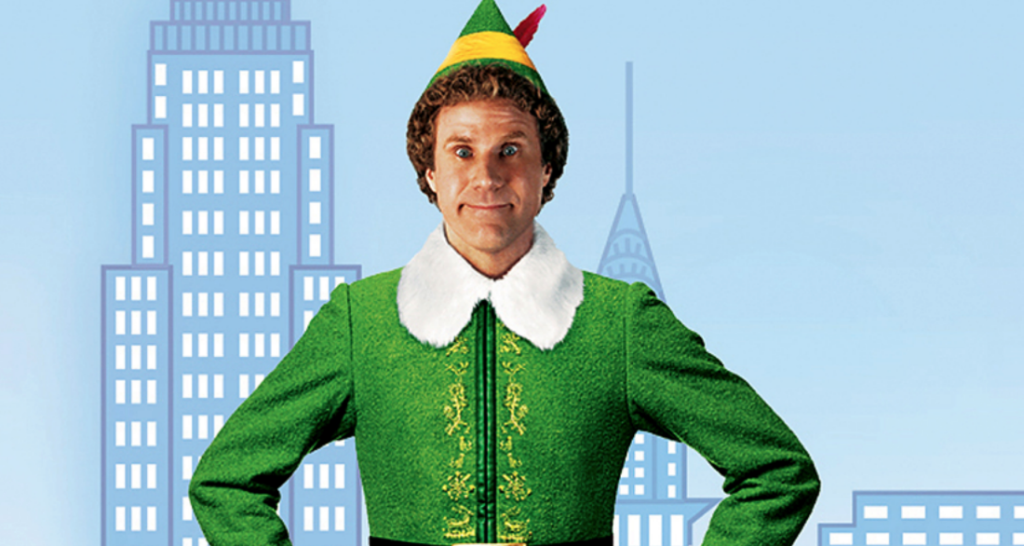For many people, mascara is an important beauty product.
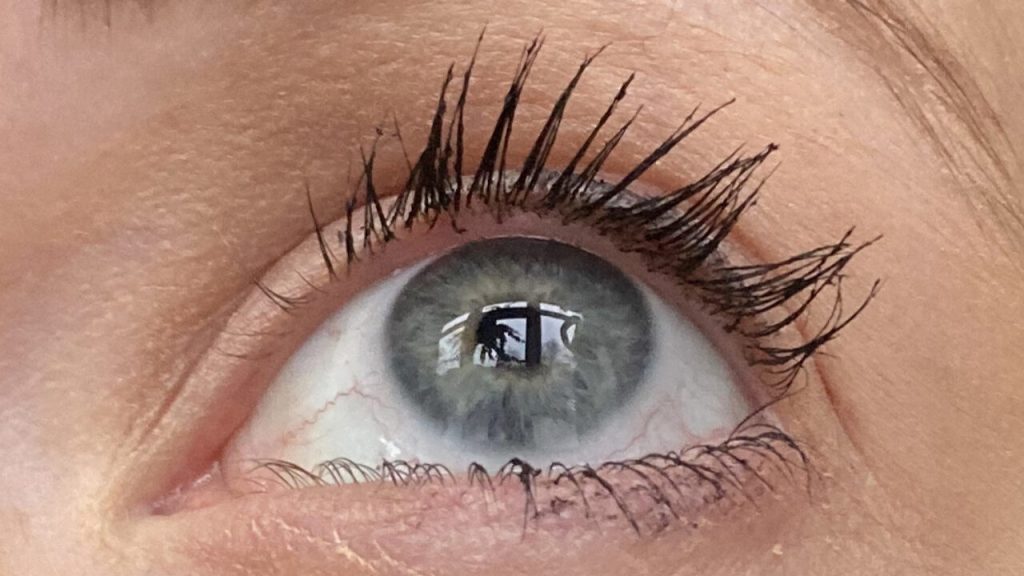
People are horrified by the truth after just recently learning what mascara is made of. Most makeup looks require mascara since most people want for naturally long lashes every day.
Mascara is a must-have item in most beauty bags, despite the rise in “no makeup” makeup styles. After learning the ingredients, though, many are horrified.
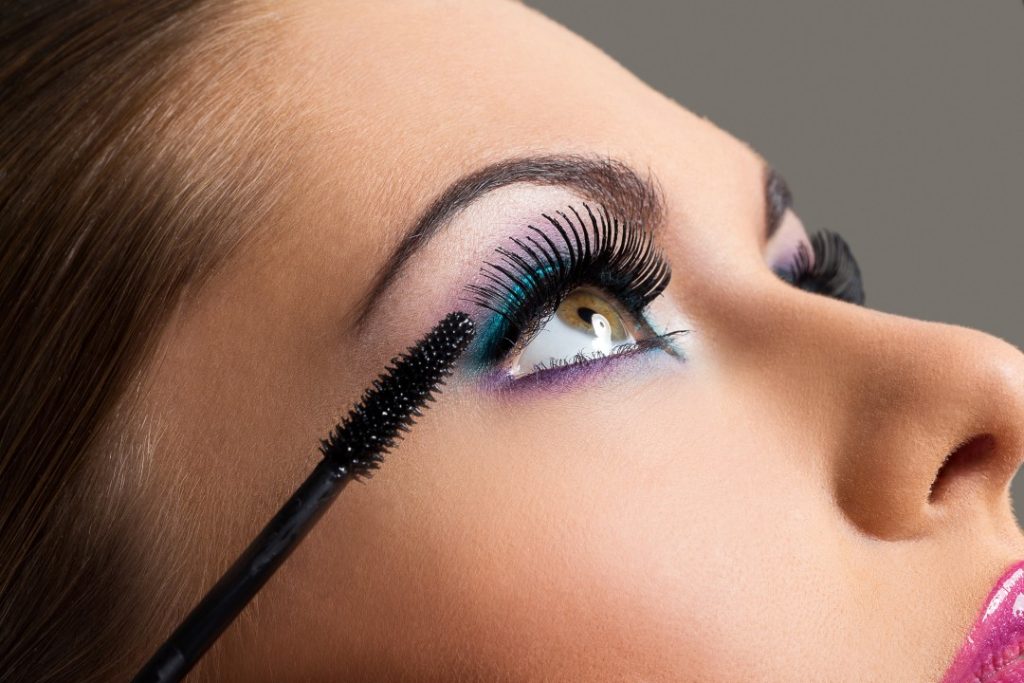
The Science Channel shared the typical components of our beloved mascara in a How It’s Made YouTube video. It was once known for mascara to contain ingredients like petroleum jelly, coal, and animal fat.
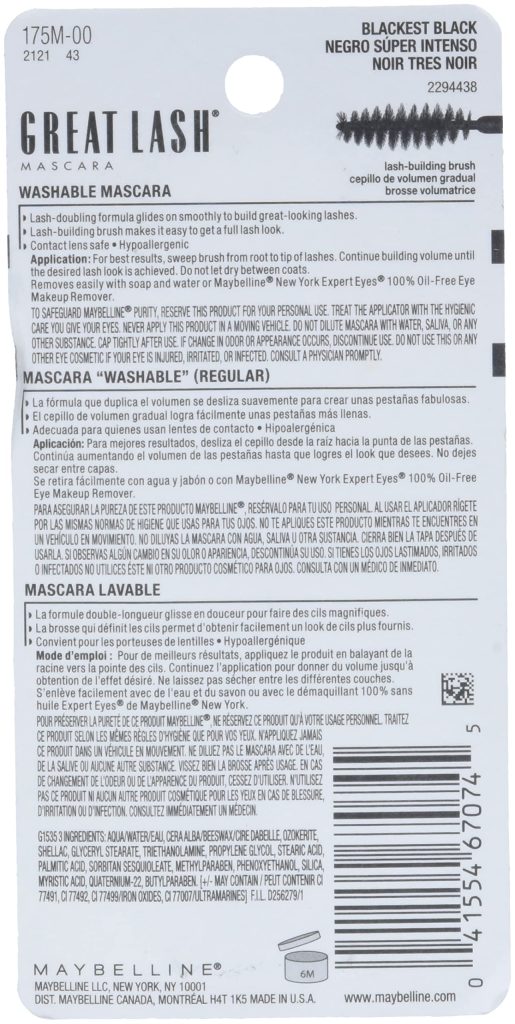
The narrator describes how common materials in mascara today include wax, water, colour, and binders. Depending on the manufacturer, formulas may vary, but almost all mascaras have an oil-soluble phase and a water-soluble phase.
The narrator notes that a technician uses four different types of wax to create the oil phase: carnuaba wax, candelilla wax, beeswax, and glycerol stearate, an emulsifier to assist the “ingredients blend well.”
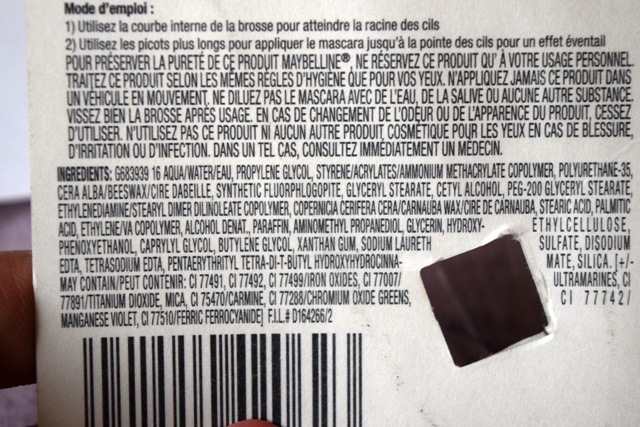
Before the chemical Pelemol D-2000, which makes the mascara water-resistant, is added, vitamin E is used to create a “smooth texture” because no one wants black streaks to appear on their cheeks for the Barbie conclusion.
The ingredients are heated to melt and combine. The technician simultaneously prepares the water-soluble phase separately.
And in case you weren’t able to guess, it begins by warming up cold water. To make it adhere to the oil phase, an emulsifier is added. The mascara’s hue is created by adding a black cosmetic grade iron oxide pigment.
To adjust the pH of the eye makeup, an organic component is added after blending. For texture, other ingredients are added, and the oil phase is blended after that.
That’s all; the mascara combination has passed chemists’ quality-control checks and is now ready for the dependable tubes.
The makeup elements were described as “one hell of a chemical soup” by viewers of the film.
Another even put: “Wow I’m pretty sure most of the fluids in my car are less processed and synthetic.”
With one writing: “Nothing like that healthy Iron Oxide look all over your skin.”
But an impressed viewer did point out: “I had no idea it was so sophisticated.”
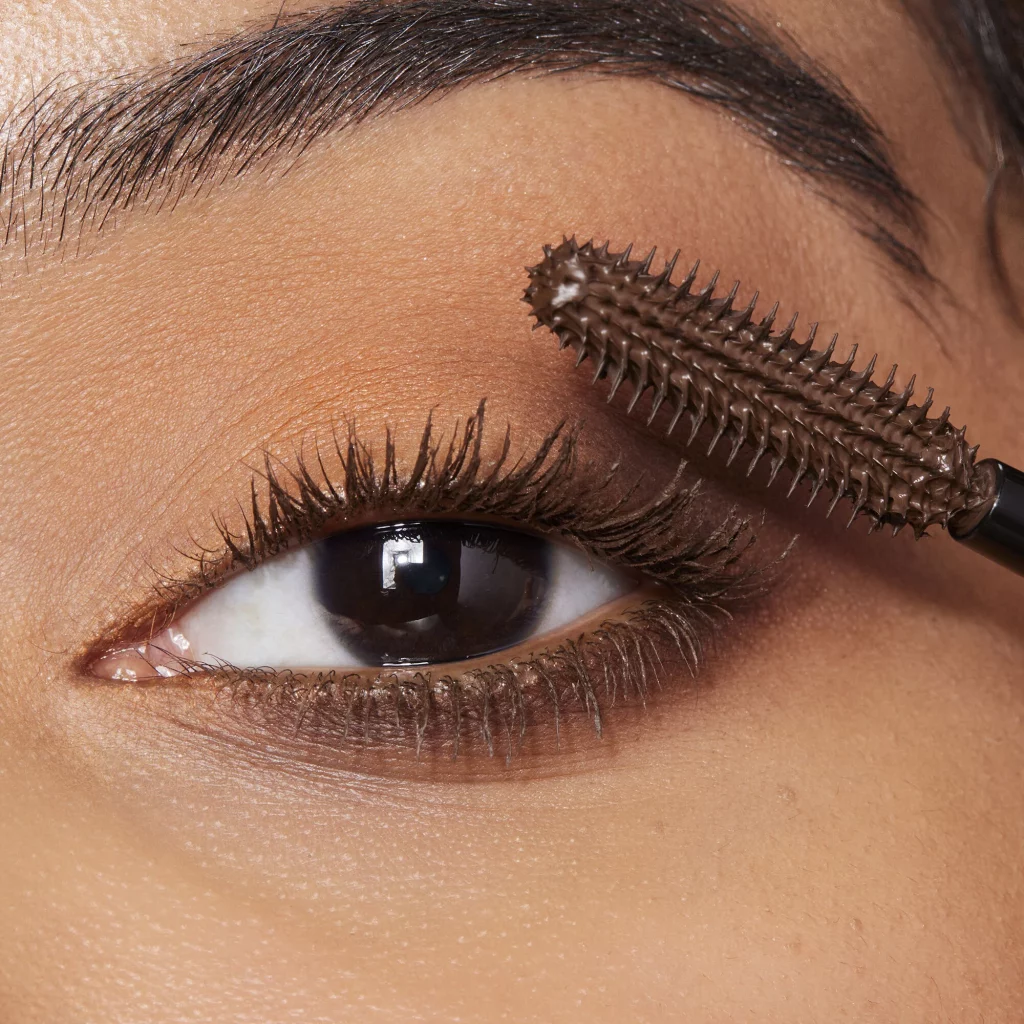
PEOPLE ARE JUST REALISING THERE’S FISH GUTS IN BEER

Prepare to be grossed out, folks, because we’ve stumbled upon a rather unsavory ingredient lurking in one of our favourite tipples – beer. Brace yourselves, beer enthusiasts, because this might just ruin your pint!
This ad will end in 24
Beer, that beloved staple of the global alcoholic scene and a cornerstone of British culture, has a not-so-delightful secret. You see, besides the four main ingredients – grains, hops, yeast, and water – there’s a sneaky hidden ingredient that might make you cringe. And guess what? It comes from a fish!
Yes, you heard that right – beer isn’t always vegetarian-friendly. Some beers actually use a fish-derived product called isinglass, sourced from fish swim bladders. Gross, right? It’s used in the beer-making process to clarify the liquid, and you might find it in certain wines as well. Back in the day, isinglass was made from sturgeon, but later on, methods using cod and hake came into play. Nowadays, British breweries opt for materials from tropical fish.
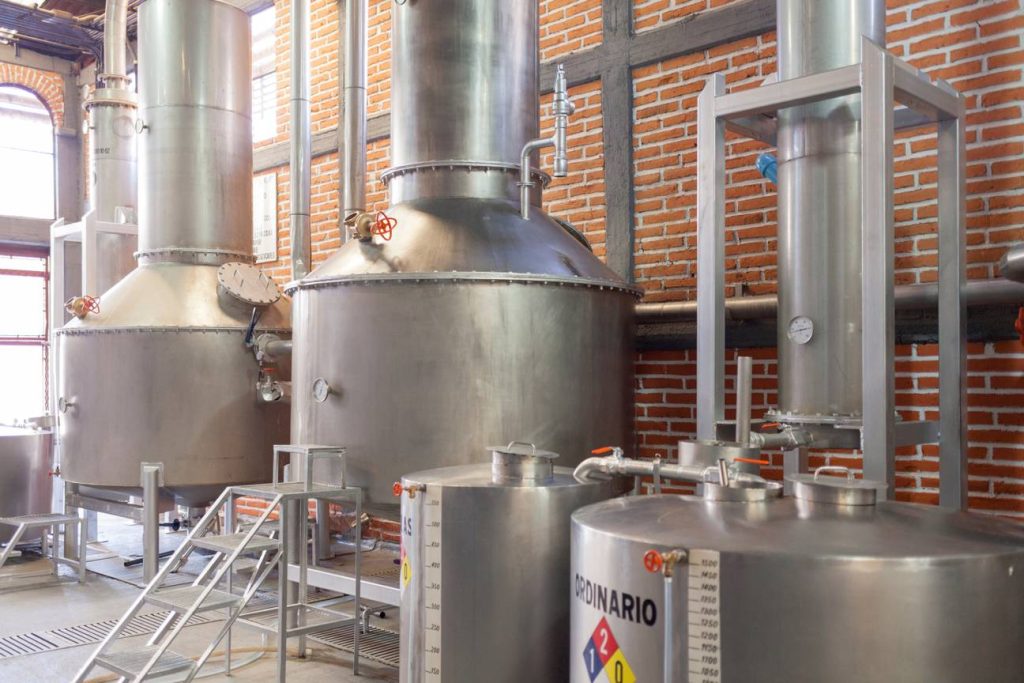
Why is it used, you ask? Well, yeast can make beer all cloudy and sedimented, and that’s where isinglass comes to the rescue. When added to the brew, isinglass particles and yeast particles buddy up, sink to the bottom, and get filtered out, leaving us with a less cloudy beer. Phew!
But fear not, dear beer lovers! Not all beers use isinglass, so there’s still plenty for you to enjoy. Guinness, for instance, ditched the fishy stuff in 2018, making it suitable for vegetarians and anyone else grossed out by fishy ingredients.
Let’s dive into the list of some popular beers that do contain isinglass, though. Carling, Coors Light, Foster’s, and Kronenbourg are on the off-limits list. But hey, we’ve got good news! Many beers, like Birra Moretti, Camden Hells, Estrella Damm, Heineken, Grolsch, and Peroni, are vegan and vegetarian-friendly as they steer clear of isinglass in their brewing process.
So, folks, while there’s still plenty of beer to quench our thirst, let’s raise a glass to Guinness for sparing us the fishy business. And to those who are now grossed out by this little secret, don’t worry – there are loads of isinglass-free drinks out there. Cheers to that!
PEOPLE ARE JUST DISCOVERING HOW ‘30% CHANCE OF RAIN’ IS CALCULATED ON WEATHER APPS

29 SEP 2023 | BYCHARLOTTE COOKE
Watch Our Video Of The Week
0 seconds of 30 secondsVolume 0%
This ad will end in 17
Have you ever used your phone’s Weather app to check the forecast and been presented with details about the anticipated percentage probability of rain?
Well, it appears that many of us have been interpreting the data incorrectly because just recently have people learned how a “30% chance of rain” is determined on weather applications.
If that’s news to you, don’t worry – you’re not the only one.
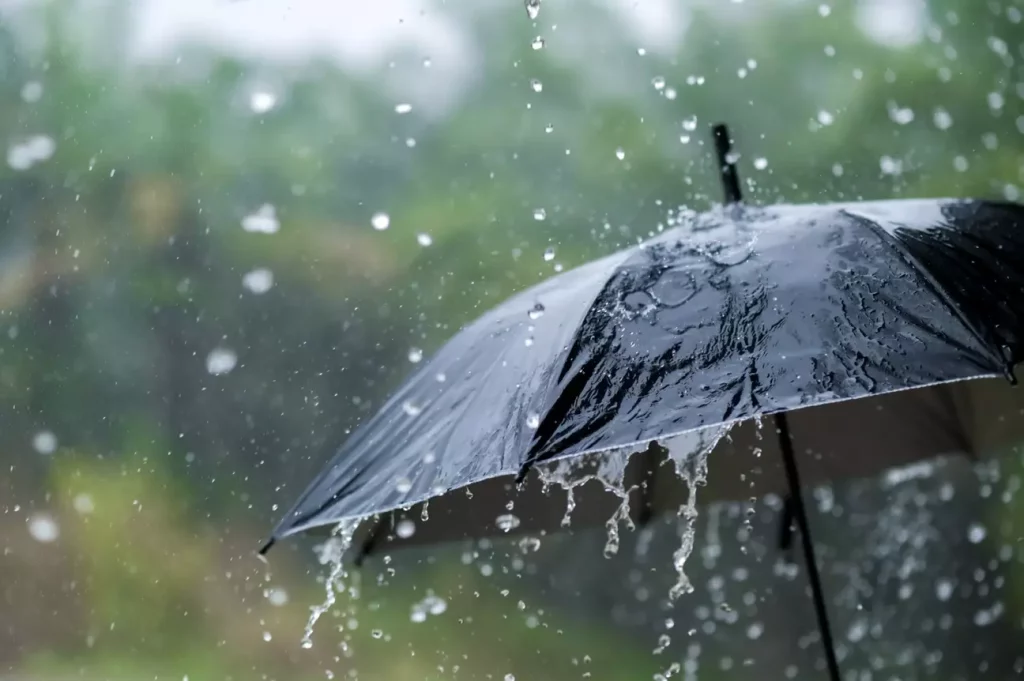
There has been a lot of misunderstanding around what the probability of rain actually signifies for a very long time.
One X user claimed: “Yeah when the weather says that there’s a 30 percent chance of rain it means there’s a 100 percent chance of rain in that area, but that it will only rain on 30 percent of that area.
“I only learned that about a year ago myself, not like anyone tells you that unless you Google it.”
TV personality Scarlett Moffatt was also under this impression.
The 32-year-old previously took to TikTok, saying: “So all this time that I’ve like been caught in the rain and people are like, ‘Why haven’t you brought a jacket?’ and stuff like that…
“It’s because I’ve just found out that on the weather app, when it says ’30 percent rain’, I thought that meant ’30 percent chance of rain’.
“It doesn’t mean that, it means that 30 percent of your area will be covered in rain.”
Related Article: ‘It’s Raining, It’s Pouring’ Nursery Rhyme Has Dark Meaning Which Has Left People ‘Traumatised’
I’m sorry to break it to you, but that is entirely untrue.

The Met Office moved quickly to clarify the situation and put an end to all the rumours, with weatherman Alex Deakin lending his expertise.
He said: “Certainly for the Met Office app, the percentage of rain means the chance of rain at that time for that location.
“So 60 percent means a 60 percent chance of rain, 40 percent chance of dry.
Related Article: Discover Columbias Incredible Rainbow River
“There are different ways of expressing percentages and in the USA they do use the area one, but generally not here in the UK.
“So if you’ve got the Met Office app, that’s one less thing to worry about; mind unblown.”
The Met Office has also broken it down on its website too, stating: “In weather forecasting, suppose the Met Office says that the probability of rain tomorrow in your region is 80 percent.
“They aren’t saying that it will rain in 80 percent of the land area of your region, and not rain in the other 20 percent. Nor are they saying it will rain for 80 percent of the time.
Related Article: St Louis Aquarium Holds 1.3 Million Gallons Of Water For Endless Water Fun
“What they are saying is there is an 80 percent chance of rain occurring at any one place in the region, such as in your garden.”
Well, there you have it.
Guess you really do learn something new every day.
